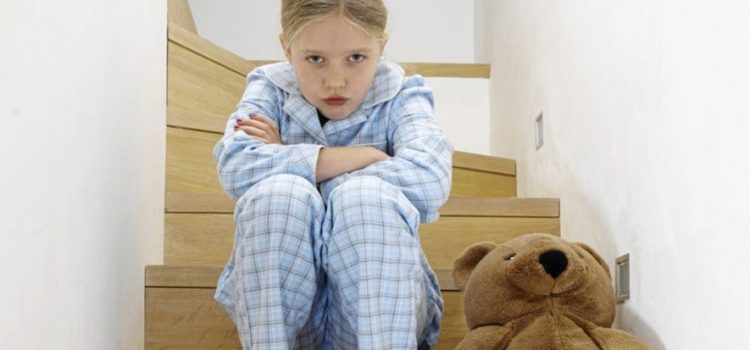
Instead of using the ‘naughty step’, parenting experts suggest alternative ways to connect with kids and encourage them to behave. Lisa Salmon finds out more…
Disciplining children, whatever their age, is one of parenting’s greatest challenges, and there are many ways to do it – not all of them successful.
One of the most popular methods in recent parenting history was the ‘naughty step’ or chair, championed by Supernanny Jo Frost in her Channel 4 TV series. Frost would give children a warning about bad behaviour, and if they misbehaved again, they were put on the naughty step, where they’d serve a time-out of one minute per year of their age so they could calm down, think about their behaviour and, ultimately, apologise.
The naughty step was first suggested by Frost around 2004, but these days many parenting experts prefer different methods of disciplining young children, while acknowledging it’s a tough job however you do it.
“Whether you have a toddler or a teenager, setting boundaries and getting them to stick to them is one of our greatest challenges,” says Lorraine Thomas, chief executive of The Parent Coaching Academy.
“And there are times when all of us are feeling too tired or stressed to argue, and we let them have their own way.”
Here Thomas and The Lasting Life Change Coach Jane Evans, an expert in trauma parenting, give their tips on how to discipline young children so they don’t get their own way.
1. SAY ‘NO’ TO THE NAUGHTY STEP
Thomas points out the true meaning of discipline is ‘to learn’ or ‘to teach’, not to punish. “I’ve never been a fan of the naughty stair – giving children time-out to stop behaviour you want to discourage,” she says. “Threats and ultimatums may work in the short-term, but they definitely won’t in the long-run. There are much more effective ways of helping your children understand how you want them to behave.”
And Evans agrees time-out techniques aren’t the best thing for any child. “Using time-out, we hope a child will learn that if they push their brother, don’t eat their dinner etc, there’ll be an upsetting, negative outcome. Unfortunately, sitting on the naughty step is harmful to the relationship of trust and safety every child badly needs in order to develop a healthy sense of their self-worth. No amount of isolation, shaming and false apologies can create this.”
2. ‘TIME-OUT’ FOR PARENTS INSTEAD
Thomas says that while it’s natural for parents to feel stressed and lose their temper when their kids are behaving badly, going head-to-head with them in the heat of the moment won’t work. “That’s the time when we often shout and say things we wish we hadn’t – we react instead of responding,” she says.
For this reason, time-out is more important for mums and dads than children, she says. “It gives us an opportunity to calm ourselves down so we can deal with the situation in an effective way, and be the parents we want to be.”
To use their time-out effectively, Thomas suggests parents follow this ABC technique: Accept how you feel; Breathe deeply, in through your nose and out through your mouth, as your body can’t feel stressed and relaxed at the same time; Choose how you want to respond…
Read full article on The Irish News for other alternatives to the Naughty Step
Originally published on November 3, 2020 on The Irish News.
